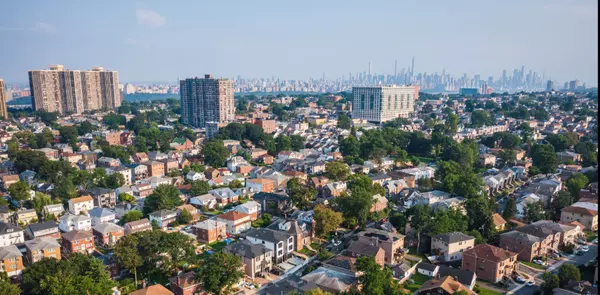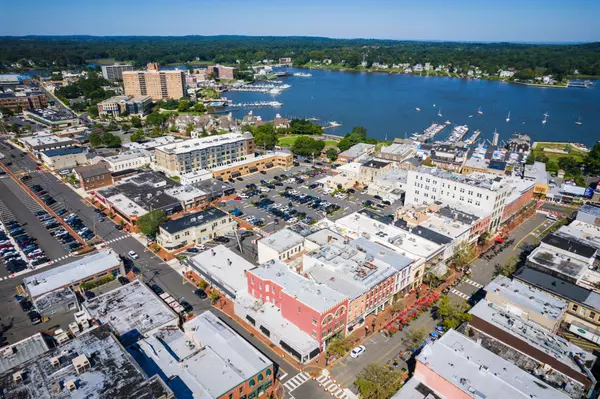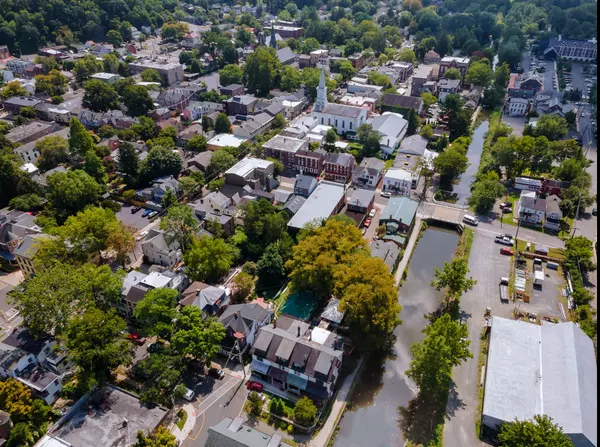Bergen County Housing Market Recap – September 2025

The Reset Before the Run-Up
Bergen County — the bellwether for North Jersey’s upper-tier housing — is signaling a shift. After two years of tight inventory and erratic demand, the September HousingTRAC data suggests the market is cooling in structure, not in strength. The story here isn’t decline — it’s normalization.
Economic Backdrop: Pressure Meets Relief
The broader macro picture remains mixed. New Jersey posted 4,900 new jobs in August, but statewide employment is still down 4,000 YTD, compared with a gain of 6,300 jobs during the same period in 2024. The unemployment rate rose slightly to 5.0%, up from 3% two years ago.
Nationally, inflation has retreated to 2.9% YOY, while the 30-year mortgage rate eased to 6.3%, down from its October 2023 peak of 7.79%. Combined with easing oil prices and wage growth outpacing inflation, the setup is there for a modest rebound in deal volume once confidence returns.
For Bergen, this means something powerful: the first quarter where both buyers and sellers can act without panic pricing or FOMO bidding.
Key Numbers: Balance Emerging
- Sales Activity: YOY home sales in New Jersey rose +4.4% in September, marking the second consecutive month of improvement. Bergen contributed a modest share of that uptick but remains below 2024’s YTD pace.
- Inventory Growth: Unsold listings statewide are up +46% since January, with more than 17,500 homes on the market. Bergen’s contribution to that surge is significant, showing one of the fastest inventory recoveries in the region.
- Months of Supply: Countywide, supply sits near 2.4 months, compared with 2.2 a year ago — a small numerical move, but a meaningful signal of deceleration in absorption.
This rebalancing is especially evident in the $400K–$600K segment, where listings have climbed 19% YOY. The luxury market above $2.5M softened slightly (–4%), while the sub-$400K tier continues to experience the steepest demand drop at –11% YOY — a distress proxy mirrored in Passaic and Warren.
Municipal Performance: Fragmented Resilience
Bergen County’s strength lies in its segmentation. Towns such as Wyckoff, Ridgewood, and Glen Rock maintain ultra-low months of supply (around 1.5–1.8) and remain insulated by school districts and commuter demand.
Meanwhile, inner-ring boroughs such as Garfield, Lodi, and Hackensack show months of supply climbing into the 2.5–3.0 range — the early sign of fatigue in the affordable tier.
At the far north and east ends, markets like Alpine, Closter, and Cresskill exhibit volatility typical of luxury corridors — single-digit monthly closings can swing supply from two months to ten.
My thoughts:
Bergen County is shifting from scarcity to selectivity and that’s when disciplined capital gets its edge. The cracks aren’t in demand; they’re in velocity and liquidity. The inner-ring boroughs Garfield, Lodi, and Hackensack are where absorption is slowing first, and those corridors historically serve as the front line for early REO emergence. They’re dense, rental-heavy, and filled with owners who rode equity gains but are now rate-locked and leverage-thin.For institutional players, the move isn’t broad exposure; it's micro-targeted accumulation of undervalued SFR and small-multifamily assets in those transitional neighborhoods. As inventory builds and time-on-market lengthens, quiet acquisition programs or note purchases can establish position before rate-driven liquidity returns in 2026.
At the same time, Wyckoff, Ridgewood, and Glen Rock remain the ballast markets that will stabilize first once volume returns. Bergen’s story isn’t distress, it's divergence. Smart capital knows how to bridge the two sides of that divide.
Price Trends: The Plateau Arrives
Bergen’s median prices remain high, but the acceleration phase is over. Home prices statewide rose 7.5% YOY, but quarter-over-quarter growth slowed to +1.2%, reflecting friction between seller expectations and constrained affordability.
Luxury absorption has softened, and the $400K–$600K corridor — once the volume engine — now represents a growing share of active listings. Agents report rising “days on market” in this bracket as rate sensitivity and inflation fatigue curb enthusiasm.
That’s not weakness; it’s recalibration. The kind of recalibration that creates acquisition windows.
Distress Indicators: The Sub-$400K Signal
Across northern New Jersey, the sub-$400K market has become the canary in the coal mine. A –11% YOY sales decline statewide suggests that buyers at this tier — often FHA/first-time or equity-thin — are hesitating.
In Bergen, that manifests in pockets like Garfield, Fairview, and Bogota, where contract sales have slipped while listings linger. Historically, this gap precedes short-sale upticks by one to two quarters, making these boroughs early signals for institutional note-watchers.
Investment Thesis: The Smart Money Waits — Then Strikes
For institutional investors and asset managers, Bergen County’s message is clear: the foundation is solid, but liquidity is shifting.
- Rate relief is coming, and with it, pent-up demand that will refire the upper-mid market by late 2026.
- Supply is widening, allowing for selective entry before valuations stabilize again.
- Distress will be shallow but surgical, concentrated in high-leverage tracts and older inventory.
In short — this is the time to position, not pounce.
My thoughts:
Bergen’s calm isn’t complacency, it's the pause before precision capital moves. The market has shifted from bidding wars to balance, and that creates a rare window for structured acquisition. The sub-$400K tier in Garfield, Fairview, and Bogota is already signaling that soft inflection point: rising DOM, wider bid-ask spreads, and early seller fatigue are all precursors to note sales and short-term REO visibility.For portfolio operators and institutional buyers, this is the quiet alignment phase — the period to model basis, reprice yield, and line up credit before volume returns. The next 12-18 months will separate speculative capital from strategic: those who underwrite now will own the best inventory when liquidity accelerates in 2026.
Bergen County won’t collapse; it will normalize with purpose, and those positioned ahead of that normalization will capture stabilized assets at pre-rebound valuations.
Bottom Line: A Controlled Reset
Bergen County’s 2025 market isn’t crashing — it’s breathing. Inventory’s back, demand’s moderating, and the pricing curve has flattened just enough to let professionals see the next cycle forming.
As rates decline into 2026, this balance between caution and opportunity will define the county’s next growth phase. For institutional players, Bergen offers what they crave most — scale, liquidity, and timing leverage — without speculative risk.
Categories
Recent Posts









GET MORE INFORMATION

